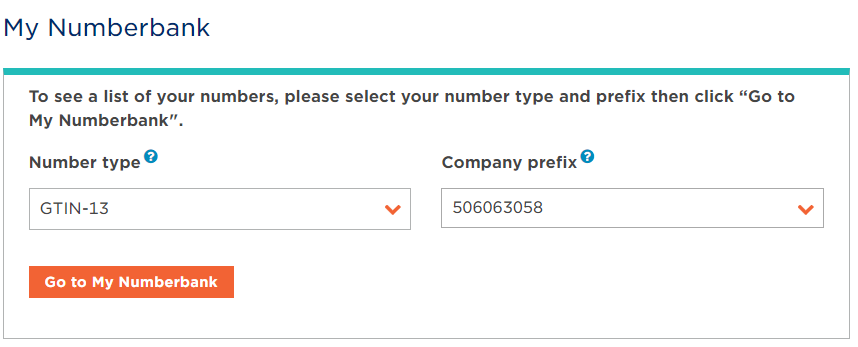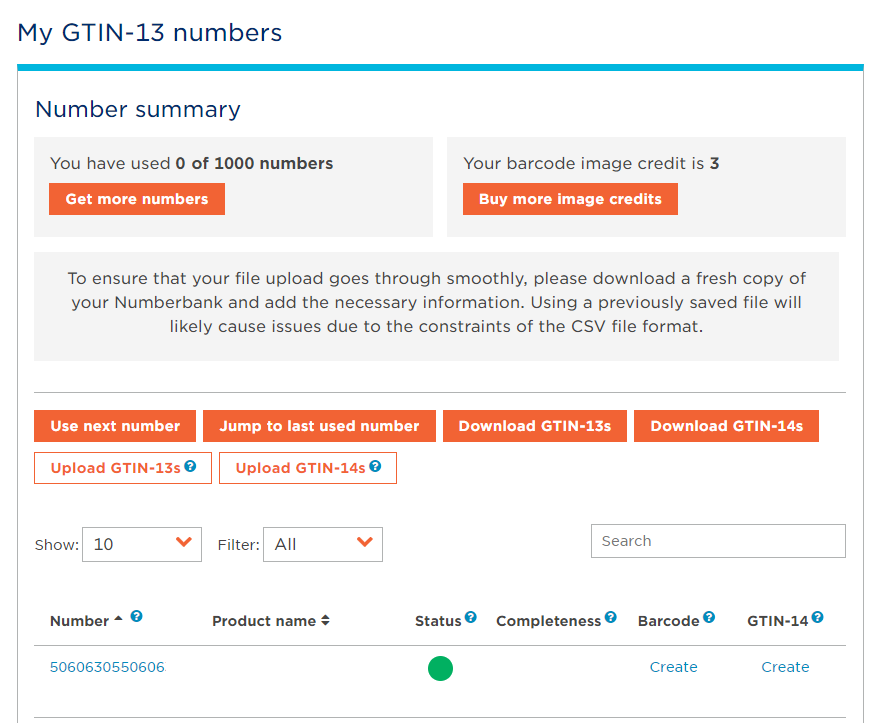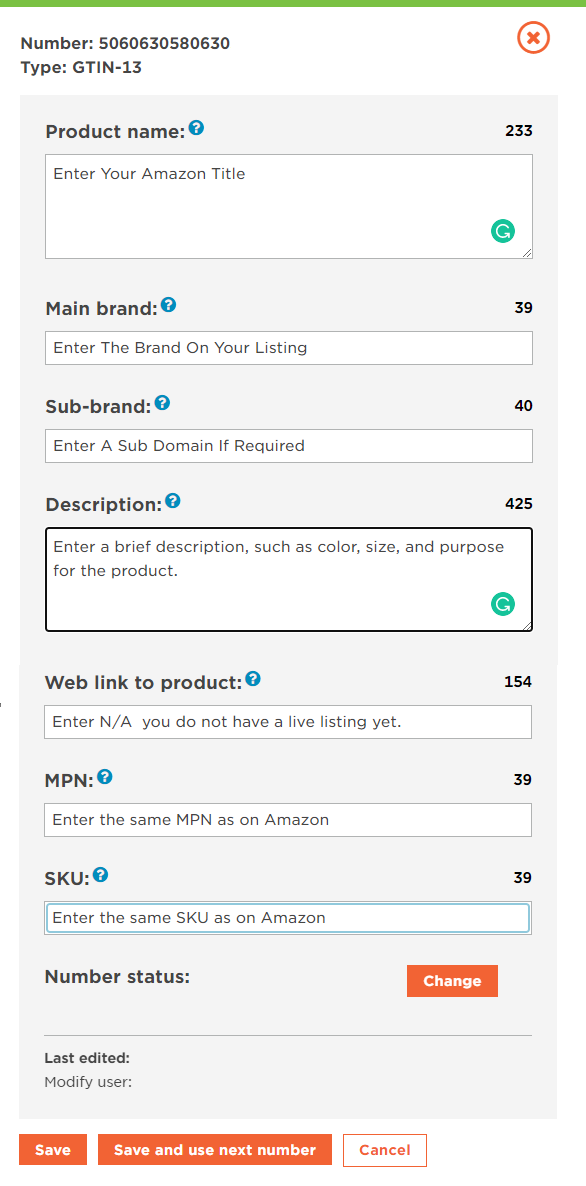How To Report A Seller on Amazon
The Amazon stage has around 2 million third-get-together venders.
Last year, they made up 62% of the stage’s absolute deals.
Amazon conveys roughly 66,000 orders each hour to purchasers all over the planet
This means around 18.5 buys each second.
In light of that, it’s nothing unexpected that few out of every odd buy – or each vender – is quality. You may effectively run into an item that doesn’t:
• Work or capability
• Match its item portrayal
• Line up with Amazon arrangements
Outsider merchants can likewise do obscure things to attempt to prevail on the Amazon customer facing facade.
Assuming you’ve at any point witnessed that, it’s normal to contemplate whether you can report the merchant.
The two purchasers and venders can record an Amazon report on a dealer, albeit the cycle is unique and can a little confound. Indeed, even still, it’s vital to report anybody who’s disregarded Amazon’s strategies, whether that is by sending you improper messages or attempting to purchase positive surveys from you.
This is the way to report a merchant on Amazon for working beyond the terms of administration.
This can assist you with working on the stage and keep your experience on Amazon more secure, more joyful, and more advantageous.
Figure out What Policy Has Been Violated
You can report a dealer for infringement of the Amazon Selling Policies. In the event that you essentially detest an item or have concluded that you don’t need the item, that is not something you can answer to Amazon.
All things being equal, you can report on the off chance that somebody has purposefully abused the Amazon stage to attempt to sell more items.
Here are the particular components that Amazon remembers for their Selling Policies and Seller Code of Conduct. Venders must:
• Give Accurate Information to Amazon and Amazon Customers
• Act Fairly Without Misusing Amazon’s Features and Services
• Not Try to Damage Other Sellers, Listings, or Ratings
• Not Try to Influence Ratings, Feedback, and Reviews
• Not Send Unsolicited or Inappropriate Messages
• Not Attempt to Contact Customers Except Using the Buyer-Seller Messaging Platform
• Not Try to Misuse the Amazon Sales Process
• Not Operate More Than One Sales Account on Amazon Fraudulently
Obviously, a portion of these elements are more extensive than others.
For instance, in the event that an individual expresses that their item is “supported by Amazon” or “embraced by Amazon,” this isn’t giving precise data, since Amazon doesn’t underwrite or support items from outsiders. That implies it is an infringement of the Selling Policies.
You ought to be generally certain that the vender has really disregarded one of these strategies before you report an infringement to Amazon.
Keep in mind, that revealing is for difficult issues, and you ought to regard it all things considered.
Accumulate Documentation of the Policy Violation
Assuming you let Amazon know that a vender has disregarded their Selling Policies, they’ll have a few inquiries.
On the off chance that you can’t demonstrate the infringement, Amazon is probably not going to move toward the merchant that you report.
Before you report somebody, ensure you have documentation of any times that the dealer has abused the Selling Policies.
Documentation might include:
• Photos of the Product including scanner tag
• Request IDs
• Informing
• Receipts
The more documentation you have, the better. For instance, assuming a vender is offering you an exceptional prize, yet provided that you give them a positive survey, you can snap a photo of whatever shows this trade. Assuming the merchant publicizes this on their web-based entertainment destinations, you might actually gather the connections for every one separately.
More documentation makes it almost certain that Amazon will make a move.
Attempt To Contact The Seller Directly
For some people, the principal thing to do is to straightforwardly contact the dealer. For instance, assuming you’re baffled about the nature of the item that you have gotten and you feel like the vender was untruthful about something in their item posting, message and tell them so. Chances are, they’ll answer you and assist you with returning the item.
By and large, you can take care of through the issue straightforwardly with the merchant, and that implies you don’t need to get Amazon included.
Since numerous dealers use Amazon as one of their principal types of revenue, this can be greatly improved for both you and the vender.
Amazon generally prescribes that you converse with venders straightforwardly first.
Contact Customer Service or Use the Seller Abuse Report Form
In the event that you’re not ready to take care of your concern with the Amazon vender straightforwardly, and you accept they’re disregarding the Selling Policies, you can report the individual straightforwardly to Amazon.
Contingent upon whether you’re a purchaser or a dealer, nonetheless, you’ll move toward this in an unexpected way. Here is the bit by bit Amazon report vender process.
On the off chance that You’re a Seller
Assuming you’re one more Amazon vender, there’s a particular cycle that you can go through to report a possible infringement of the Amazon strategies.
Amazon completely examines each infringement that it gets, despite the fact that it can’t be guaranteed to reveal the consequences of every examination for protection reasons.
On the off chance that you’re worried about another merchant’s postings or strategies, you can utilize the Report Abuse tab on the Seller Central Amazon site.
Under this tab, you will choose the kind of infringement, the Order ID or ASIN/ISBN, and the store or business name of the merchant that you’re announcing.
You ought to likewise give a clarification of the infringement and how you feel it connects with the Amazon approaches, as well as transfer any documentation you have. Amazon will get the report and make anything moves it considers significant.
On the off chance that You’re a Buyer
Sadly, while vendors have a committed Report Abuse button accessible to them, purchasers don’t have a similar choice.
The uplifting news is, that purchasers can in any case report maltreatment of the framework occurring through the Amazon stage, inasmuch as it’s really conflicting with the Amazon Selling Policies.
You simply have to know how to report an item on Amazon in the correct manner.
Your most ideal choice is to utilize the client contact choice. Contact client assistance through the web-based entrance.
It will initially interface you to a chatbot, which might have the option to fix your concern.
In the event that the bot can’t help, it’ll interface you to a client care delegate who can.
Give them generally your data and let them take it from that point.
Brand Owner? Report A Violation To Get Onto Project Zero
In the event that you are a brand proprietor and have an enrolled brand name you can “report an infringement” inside Amazon’s image library program.
Getting two successful infringements against venders can give you Amazon;s “project zero” assurance permitting you to safeguard your image from fake and phony items, it can likewise assist with confining items by causing dealers to give verification of procurement.
Amazon Product Authenticy Complaints
Revealing a dealer on Amazon is ordinarily a final retreat, put something aside for when you genuinely feel the merchant has broken the agreements set out by Amazon as a help.
Be that as it may, whether you’re a purchaser or a dealer, you can make it happen. With this aide, you can report a merchant on Amazon, however really guarantee that Amazon can take care of business.
How we can help
We are a significant amazon organization and the majority of our clients are brand proprietors, we routinely assist them with capitalizing on Amazons brand vault instruments and brand insurances.
Why not see more from one of our contextual investigations here about how we assisted a significant toy maker with defeating fakes and preventing others from selling fake things
It is as simple as that if you are struggling please Contact Us and we will help with where you are stuck.







